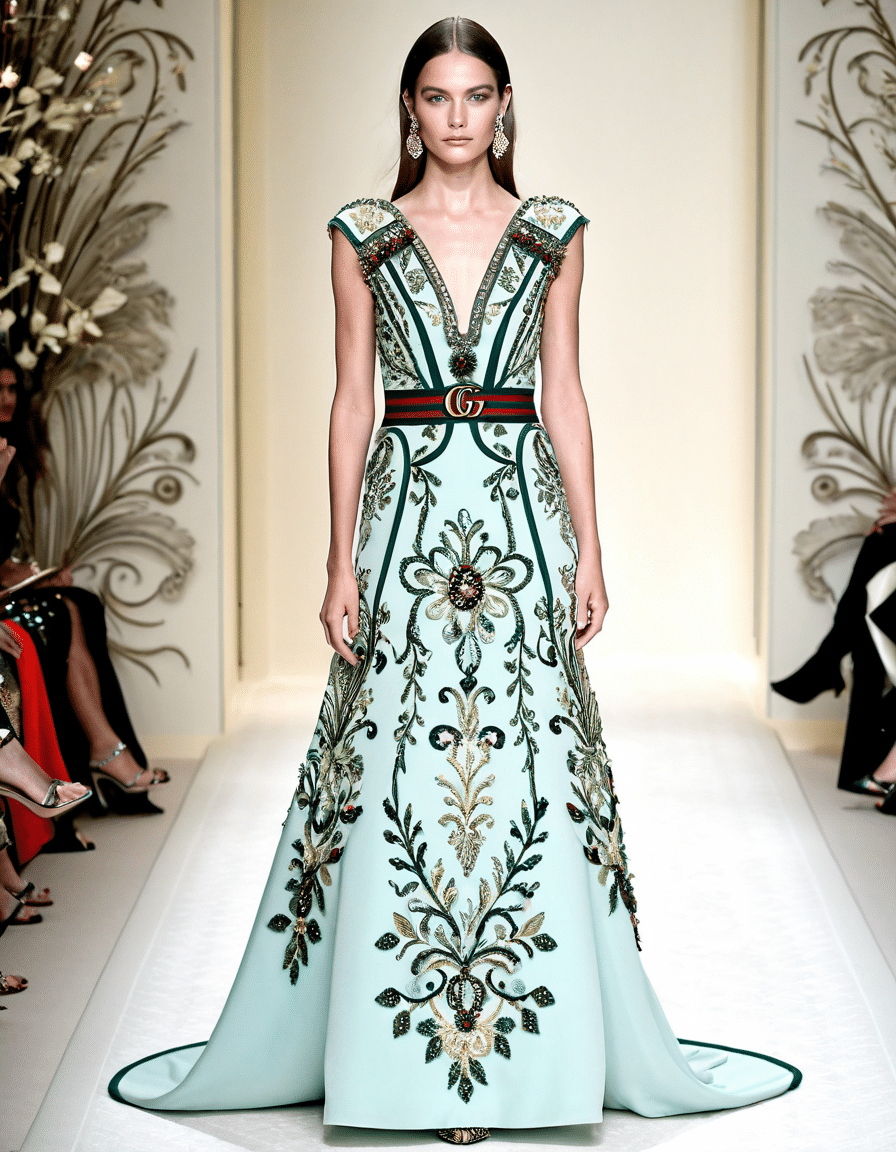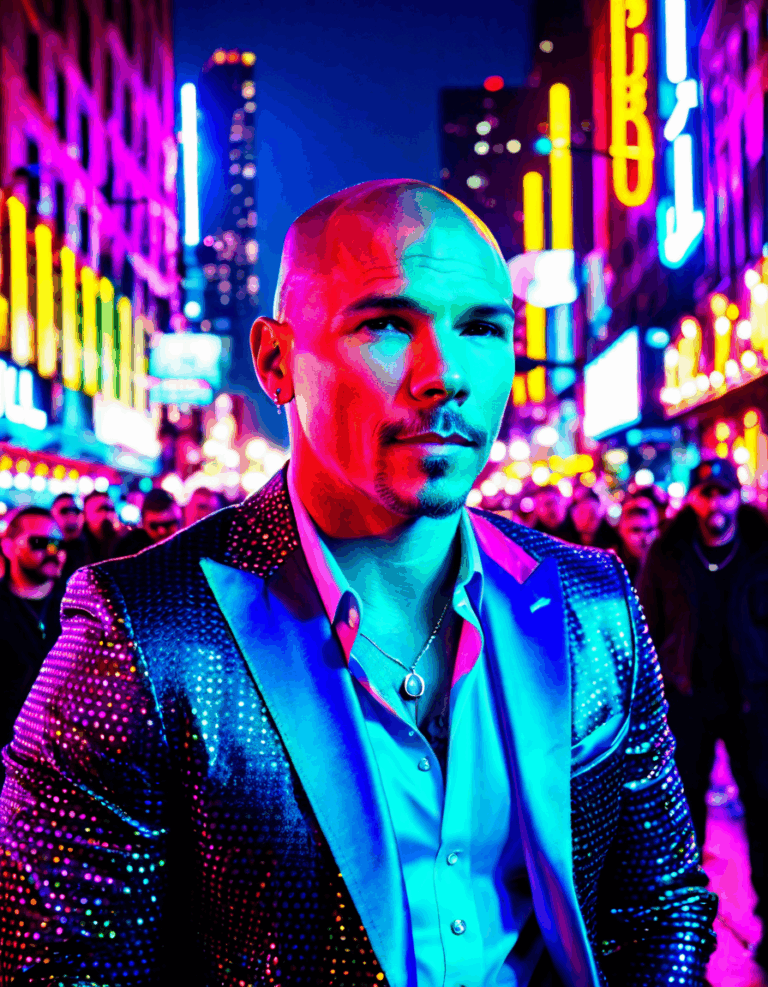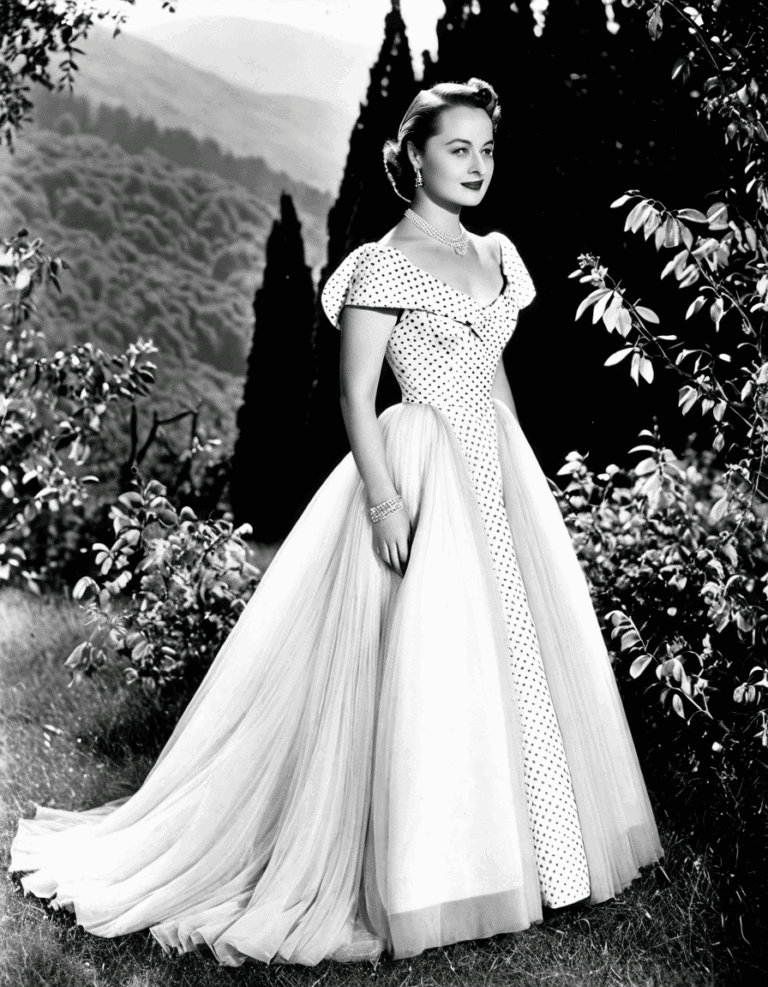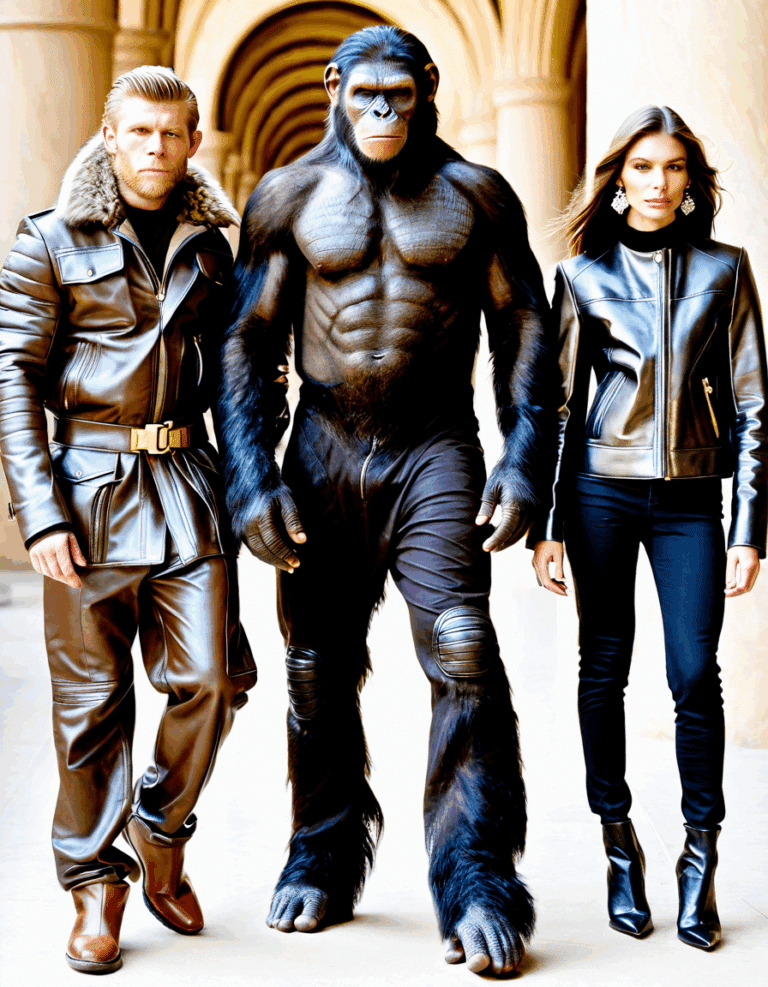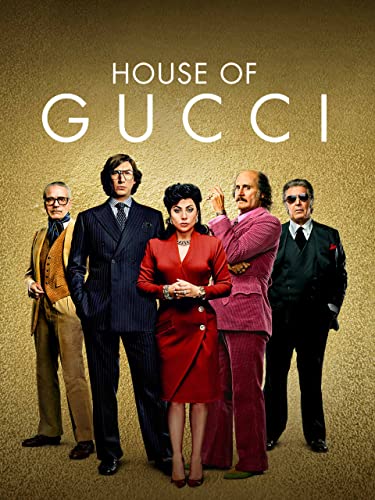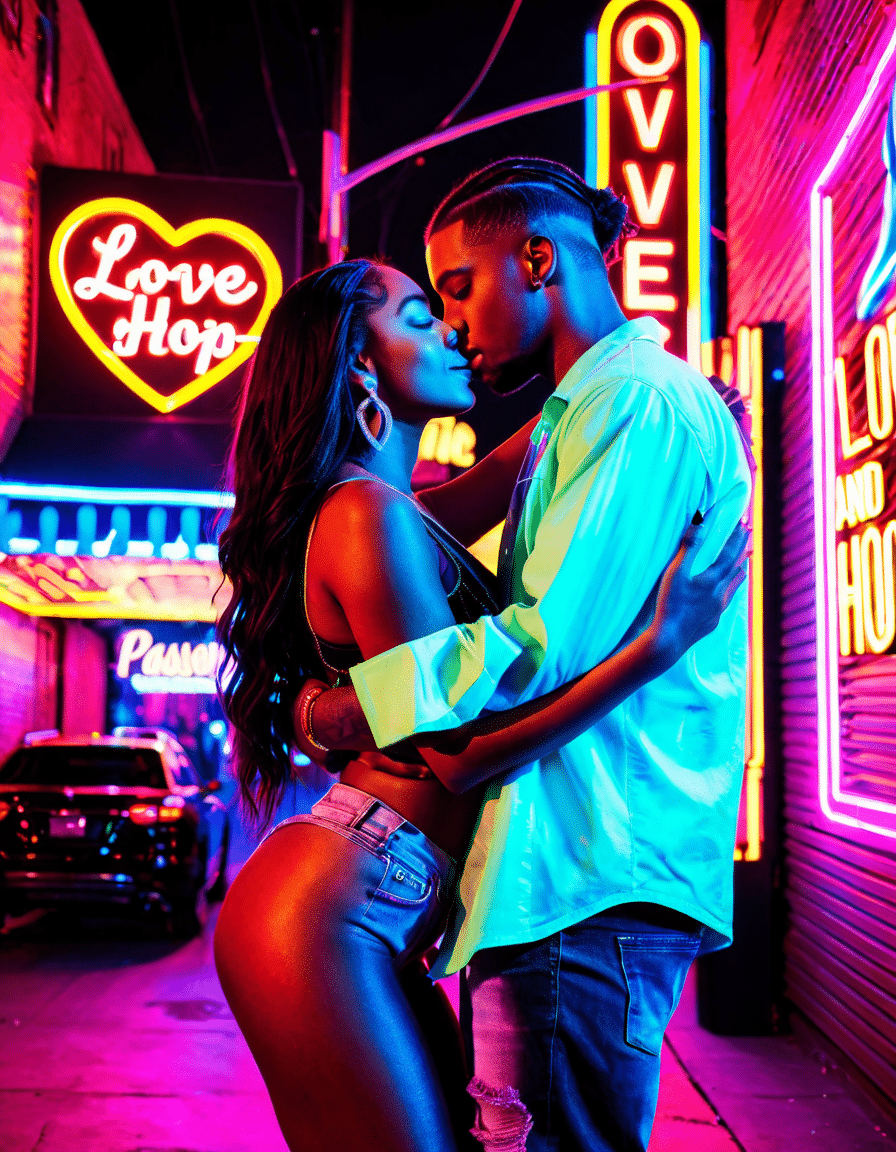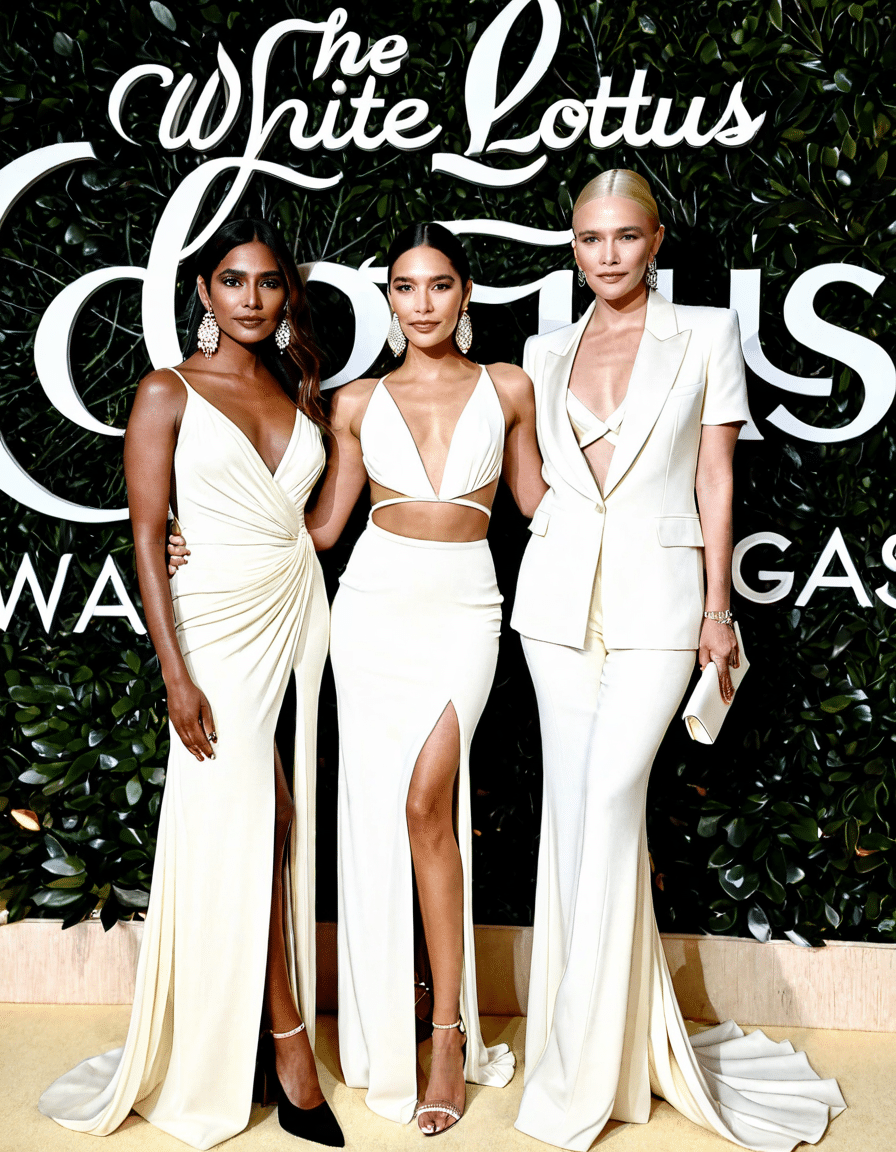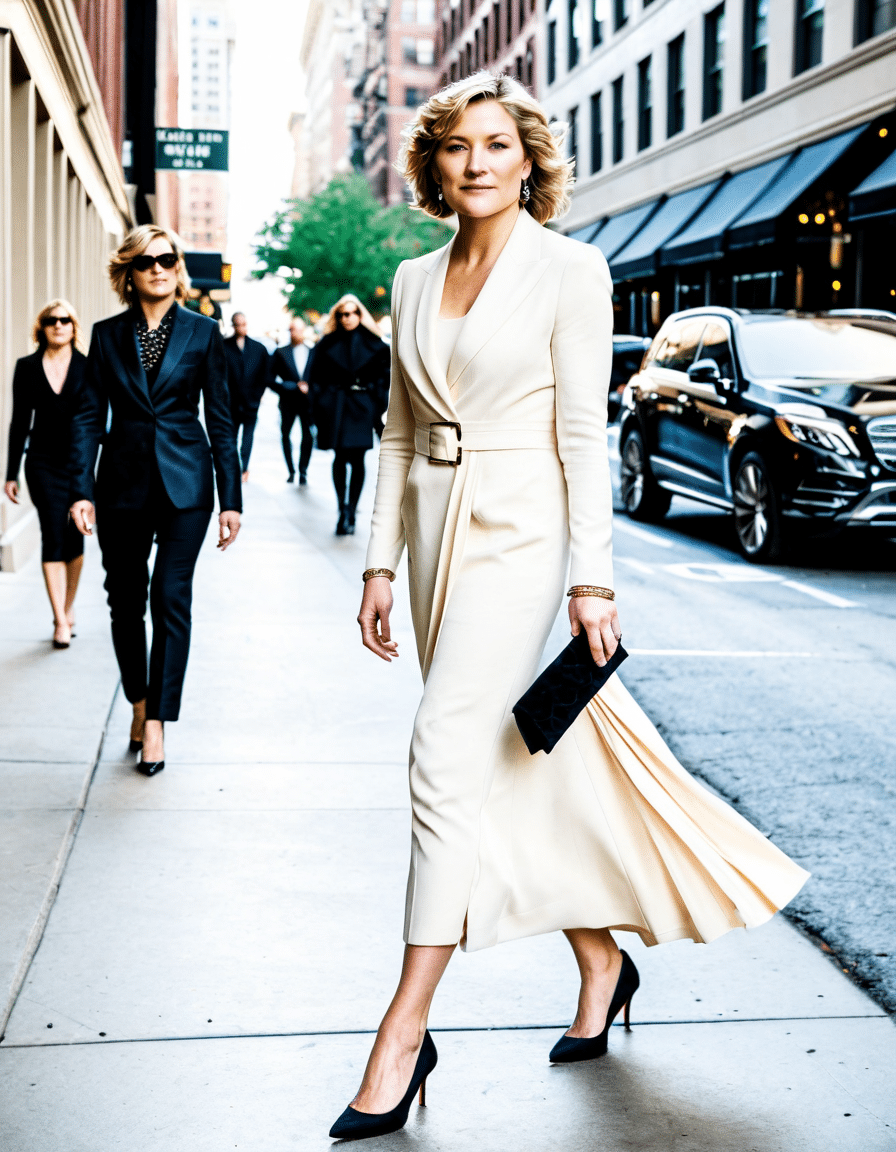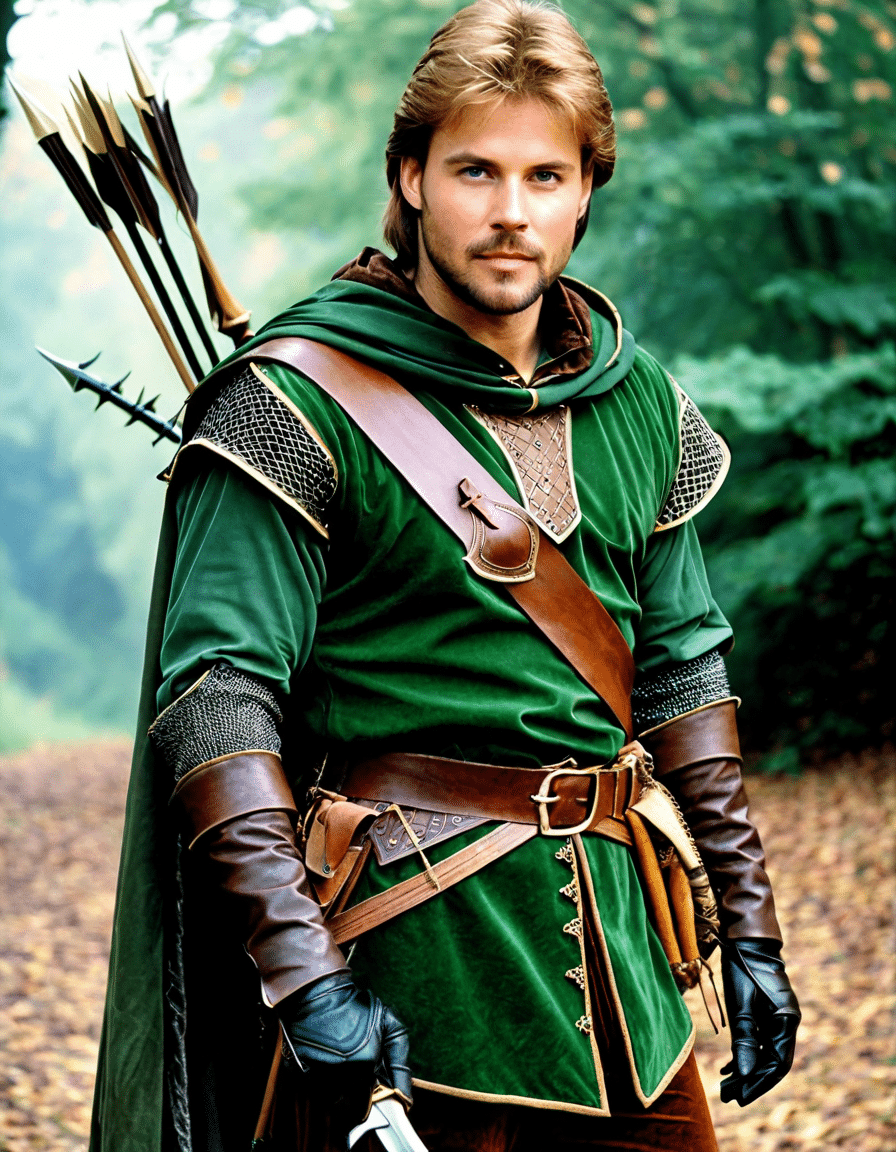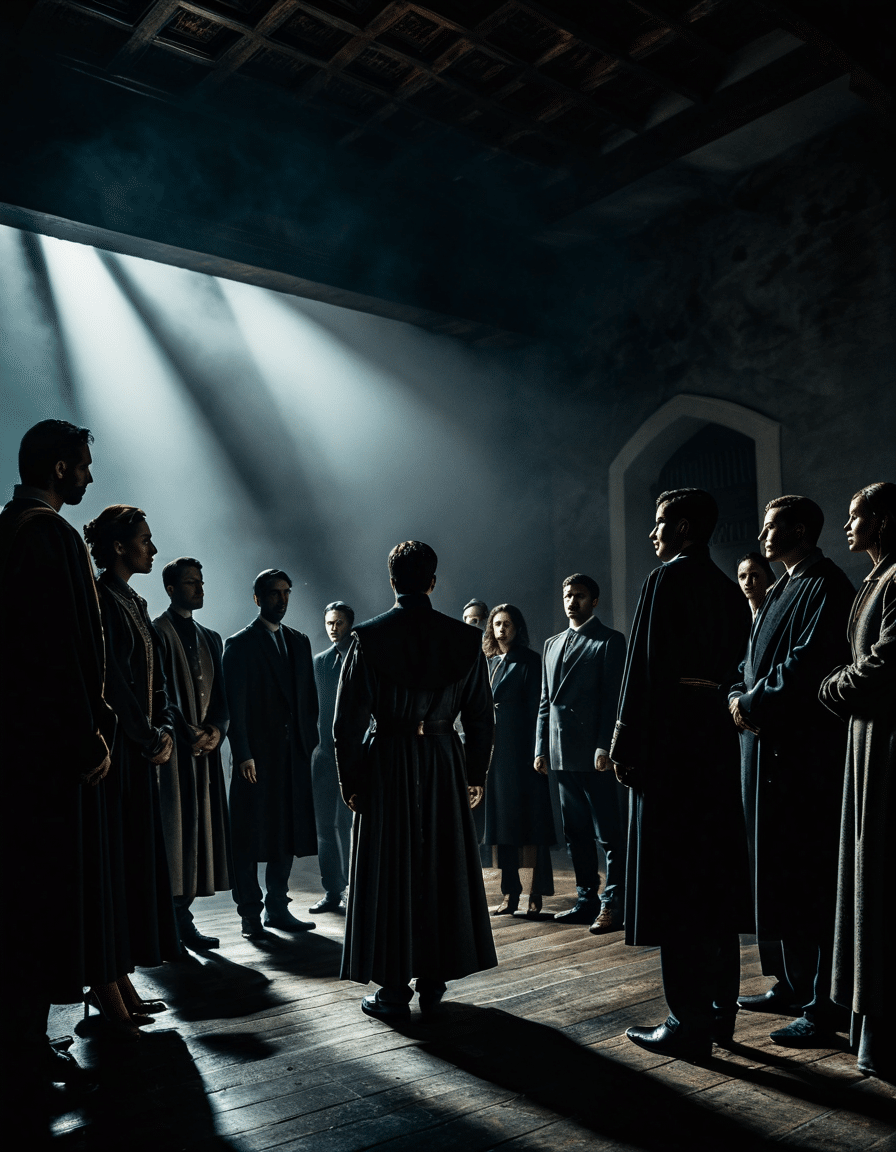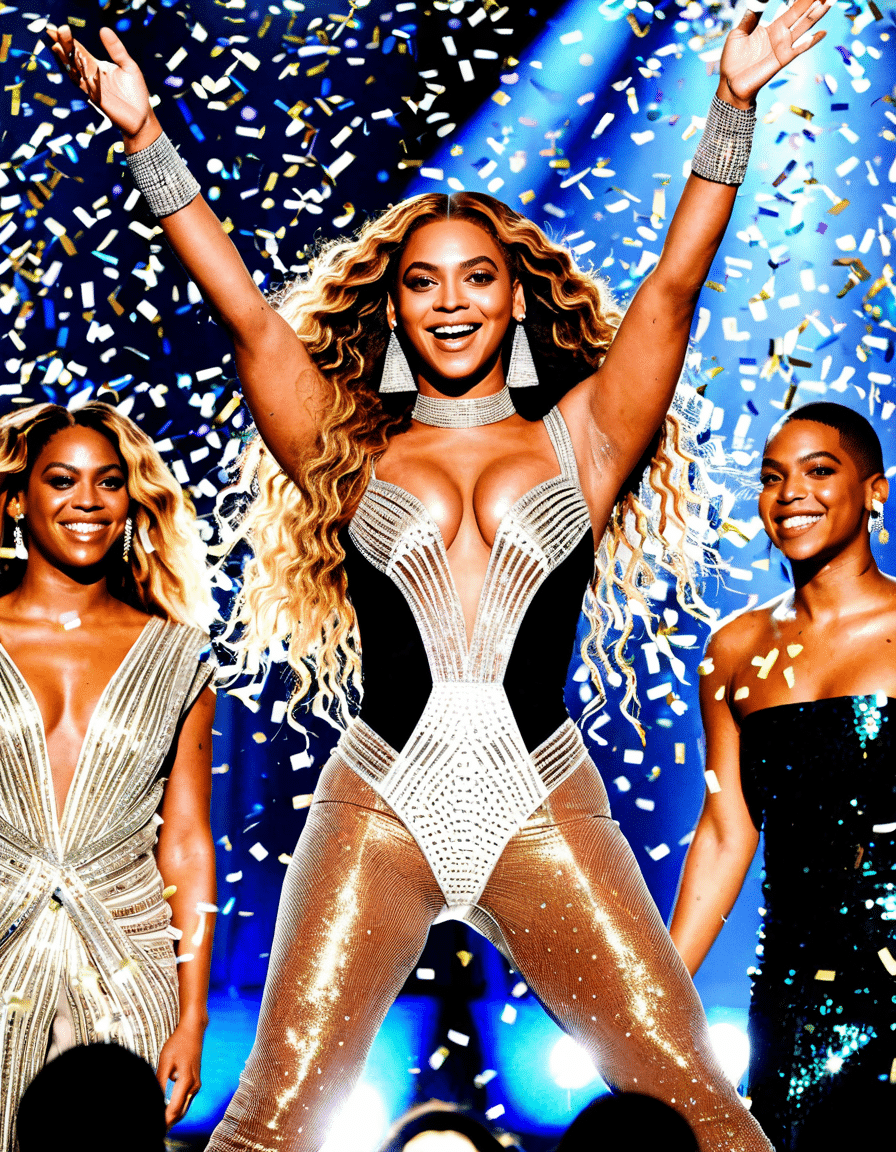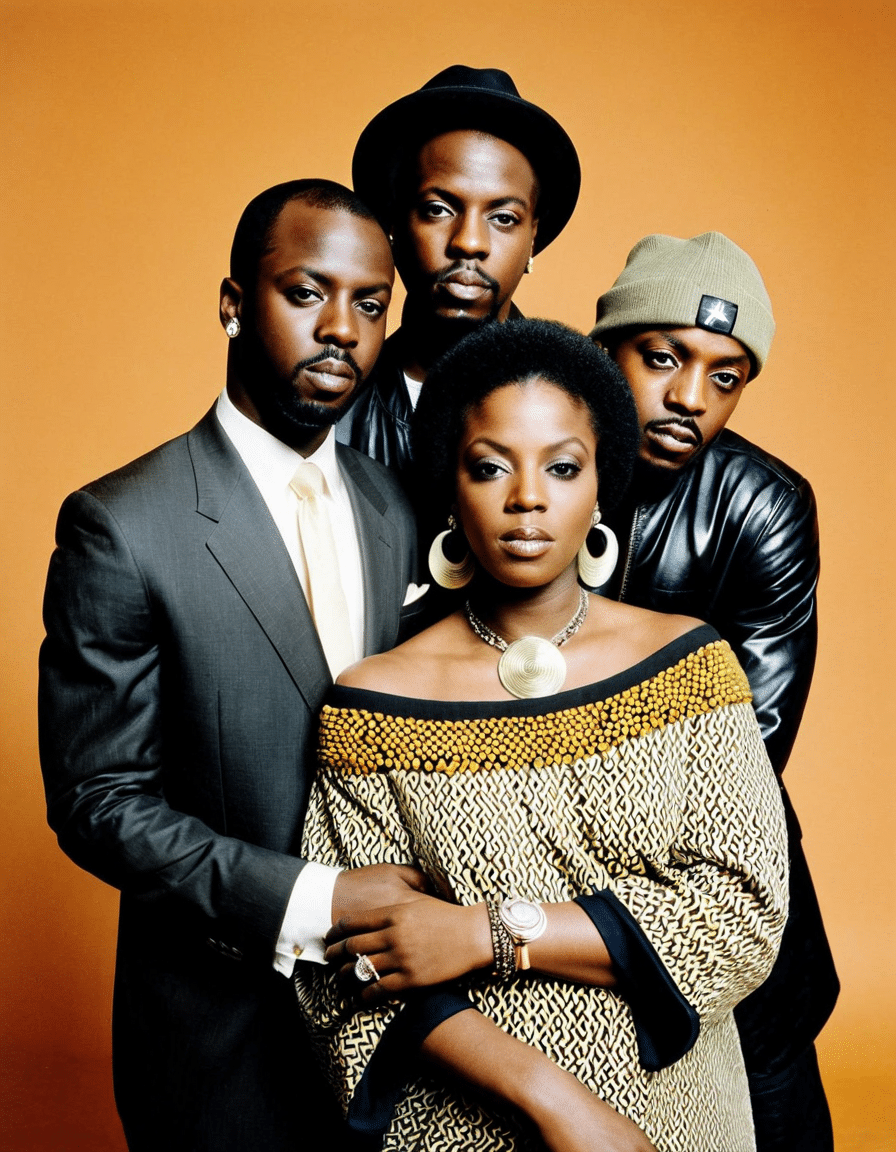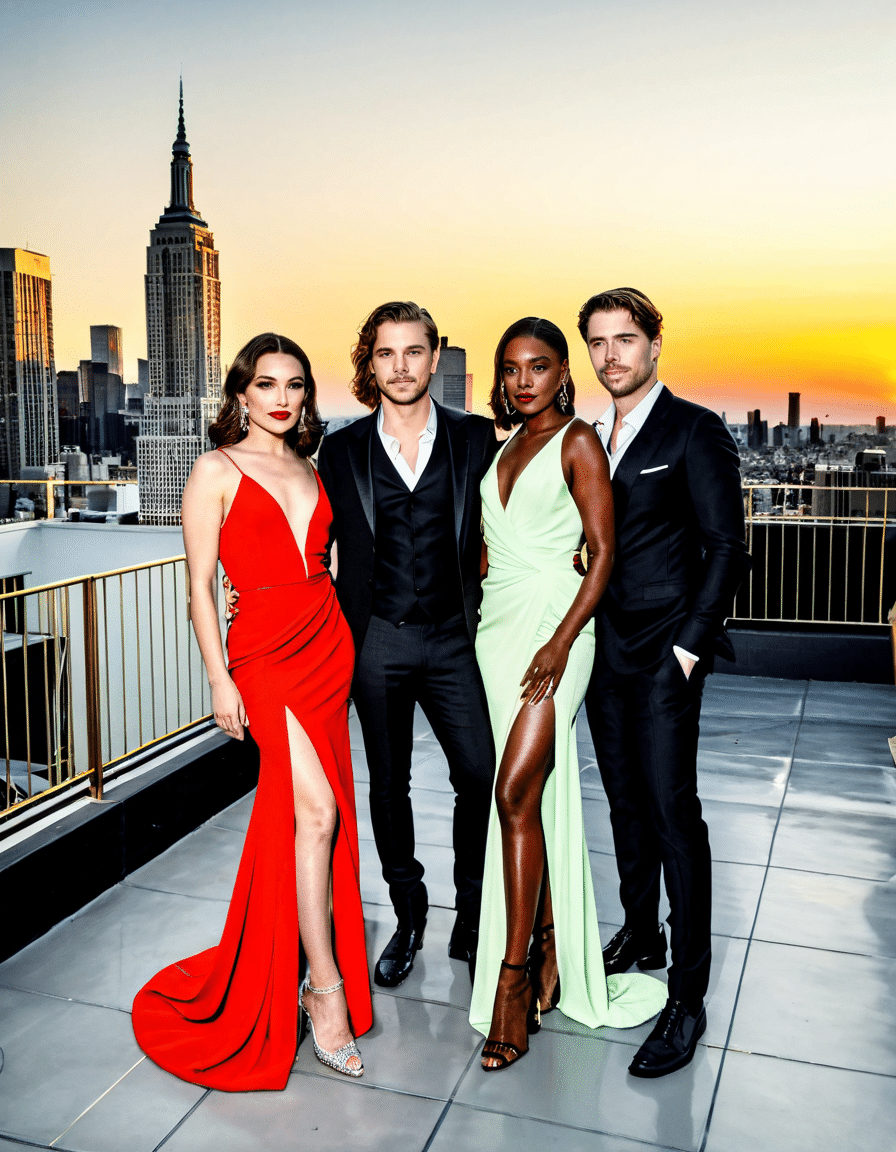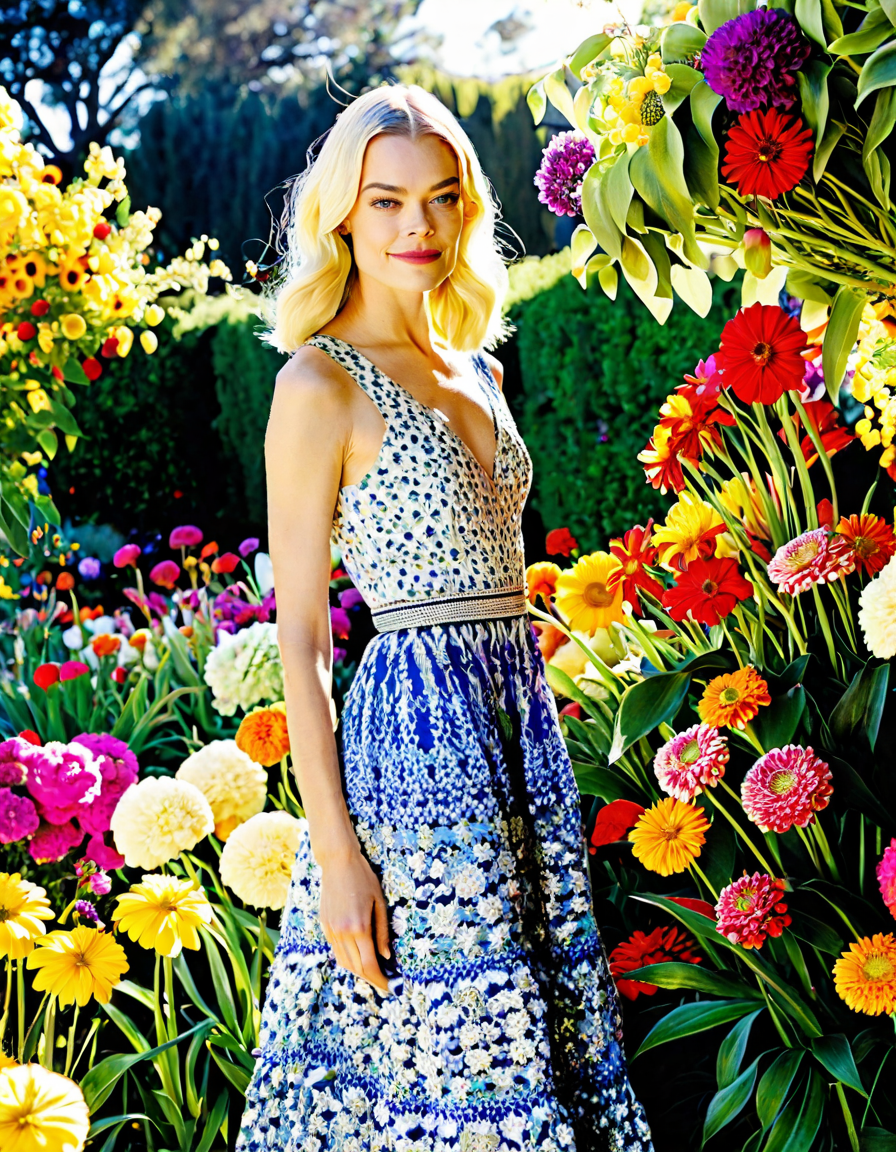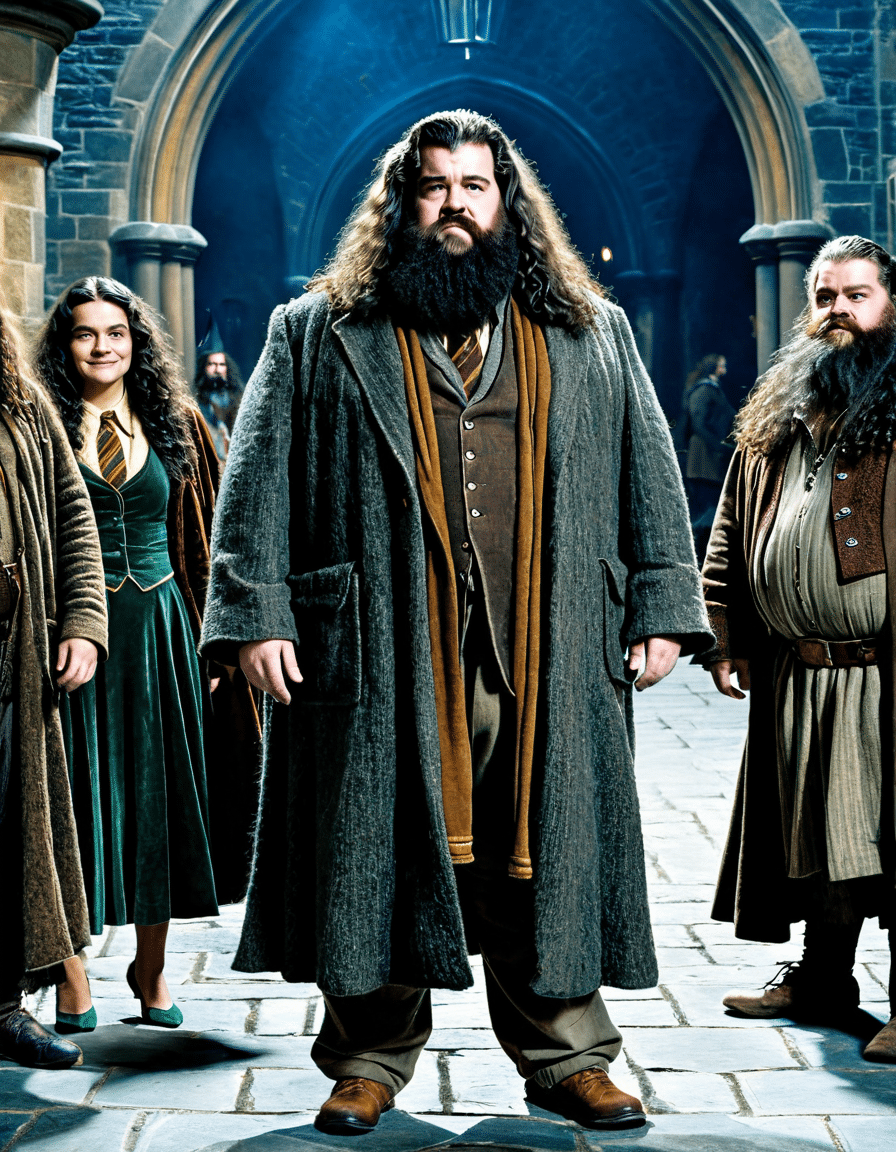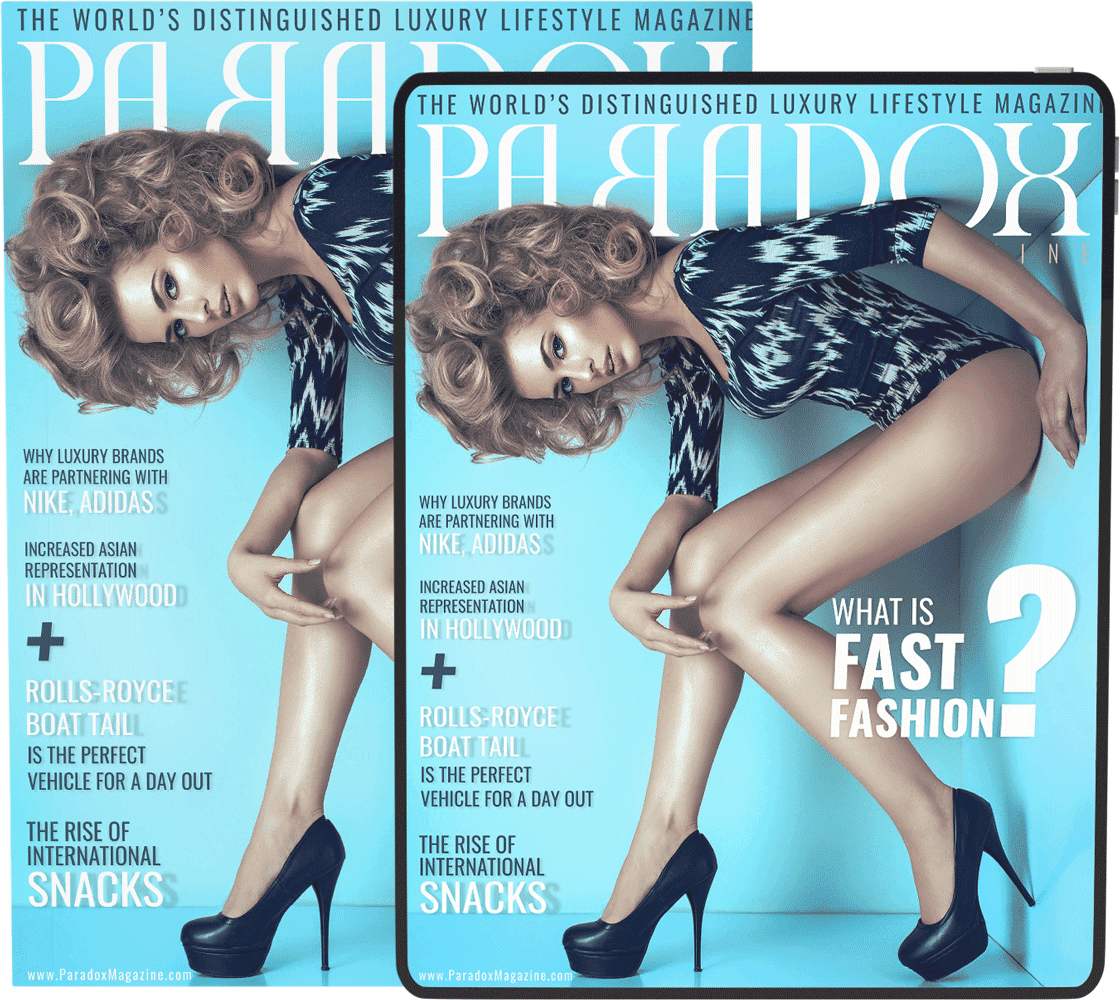The House of Gucci is more than just a luxury label; it’s a pulsating heartbeat of ambition, family drama, and decadent glamor that has left an indelible mark on the fashion industry. Founded in the enchanting streets of Florence in 1921 by Guccio Gucci, this iconic house has transformed over the decades, morphing into one of the most recognizable fashion entities on the globe. Each stitch, each collection tells a rich story of craftsmanship and elegance, blending the allure of Italian high fashion with the dizzying heights of fame. Buckle your seats, fashion lovers, as we peel back the layers of this intriguing tapestry of luxury to reveal the ingredients that add flavor to the House of Gucci legend.

5 Key Moments in the Rise of House of Gucci
1. The Founding Vision
Picture this: Guccio Gucci, a mere dreamer from Florence, opened his first boutique with a vision of merging quality leatherwork with elegant designs. He specialized in fine leather goods, creating not just products, but emblems of sophistication. Guess who fell in love? The European nobility! Their patronage set high standards, foreshadowing the exclusivity that would characterize the House of Gucci for decades to come. In essence, this modest shop morphed into a reflection of the Fondre della Bellezza—a phrase worthy of a dramatic narrative.
2. Introduction of the GG Logo
Fast forward to the ’60s. The interlocking GG logo, inspired by Guccio’s initials, burst onto the scene. This artistry became synonymous with House of Gucci, adorning bags, belts, and luxury goodies like sprinkles on a fabulous cake. The allure of that shiny logo—oh la la!—established a brand identity and struck a chord of aspiration for many. It wasn’t just fashion; it was a badge of social status that everyone wanted to sport. And who could blame them? It effortlessly transformed the casual into the chic!
3. The Hollywood Connection
Now let’s talk about Hollywood. House of Gucci’s lavish creations caught the eyes of style icons like Jackie Kennedy and David Bowie. These celebrities, with their star power, elevated Gucci from mere fashion to cultural phenomenon. This cross-pollination gave Gucci the kind of prestige that’s hard to replicate—much like Calvin Klein did in the minimalism realm of the ’90s. Suddenly, the brand wasn’t just clothing; it was a statement, a lifestyle! It wove itself into the fabric of pop culture, solidifying its fame.
4. The Controversial Family Dynamics
Ah, familial ties—who knew they could be so fraught? The Gucci family saga reads like a gripping novel, filled with ambition, betrayal, and even murder. The tragic assassination of Maurizio Gucci in 1995 resonated deeply, sparking discussions reminiscent of the drama surrounding the Versace Mansion. This tumultuous tale, shrouded in glamour, lends an air of mystique to Gucci’s narrative, often overshadowing its sartorial successes. While Gucci dazzles, the family strife left scars that would mark its history forever.
5. Revitalization under New Leadership
Enter Alessandro Michele, the creative wizard who took the reins in 2015, breathing new life into the House of Gucci. With his maximalist aesthetic and a flair for blurring gender norms, Michele welcomed a new generation into the Gucci fold. His artistic vision—think bold lines and vibrant palettes—challenges traditional notions of luxury fashion, much like contemporary shifts seen in outlets like a Calvin Klein outlet. Michele’s whimsical touch and avant-garde attitude not only reinvigorated the brand but also reaffirmed Gucci’s place at the cutting edge of fashion innovation.

House of Gucci’s Impact: Beyond Fashion
Yet, the influence of House of Gucci goes far beyond just runway shows and chic boutiques. The brand has masterfully integrated itself into contemporary culture, collaborating with artists and filmmakers. Remember Dapper Dan from Harlem? Gucci’s partnership with him illustrates a delightful fusion of high fashion and street style, redefining modern aesthetics. This collaboration speaks volumes about how Gucci transcends boundaries, creating a multi-dimensional dialogue between luxury and everyday life.
Moreover, Gucci isn’t shy about social awareness either. Its sustainability campaigns echo like murmurs of change in a luxury brand’s chilling embrace of responsibility—a trend echoed by companies like Patagonia, who prove that style can comfortably coexist with conscience. By adapting to societal shifts, House of Gucci highlights its dexterity and understanding of necessary evolution in a fast-paced world.
The Legacy of Luxury: Reflections on House of Gucci, Calvin Klein, and Versace Mansion
When we cast a wide net, comparing House of Gucci, Calvin Klein, and the Versace Mansion, we unveil a fascinating tableau of fashion histories. Gucci’s intricate sartorial narratives stand distinct from Calvin Klein’s clean, minimalist ethos aimed at American sensuality and the flamboyant opulence that Versace embodies. Each of these brands has its own beat—Gucci thrives on storytelling, Calvin on simplicity, and Versace on sheer glam and power.
This dance among luxury fashion houses underscores the diversity of the market. It also demonstrates how unique identities resonate with consumers in various ways. Fashion isn’t just fabric; it’s an embodiment of values, desires, and aspirations. Each label, whether it’s Gucci’s lavish tales or Calvin Klein’s understated sophistication, brings something special to our wardrobes and our lives.
The Enduring Allure of House of Gucci
As trends shift like the fabric of a well-tailored suit, House of Gucci stands its ground as a formidable force in fashion. Its legacy—a rich blend of artistry, family sagas, and cultural commentary—ensures its continued relevance in the annals of this glamorous industry. Gucci teaches us one invaluable lesson: behind every iconic label lies ambition, tradition, and transformation. These core elements will always define luxury at its most captivating—kind of like a killer outfit that keeps the compliments rolling in.
So, darlings, next time you slip on a pair of those iconic shoes or flaunt a designer tote, remember that each piece carries a story. A story that connects us not just to fashion, but to a legacy—a lasting allure that makes House of Gucci simply irresistible.
The Intriguing Narrative of the House of Gucci
A Fashion Legacy
The House of Gucci, a name synonymous with luxury, holds a vibrant history filled with glamour and scandal. Founded in Florence in 1921 by Guccio Gucci, the brand blossomed from humble beginnings as a leather goods shop to a worldwide fashion empire. Interestingly, the brand’s signature green-red-green stripe, which is now a hallmark of Gucci’s designs, was inspired by saddle straps used in horse riding—an homage to Guccio’s early work. Speaking of horse riding, who can forget Yolandas famous equestrian fashion moments? She certainly proved that style on horseback can be both classic and modern.
As the decades rolled on, the fashion house faced many ups and downs, reminiscent of a dramatic film. Speaking of dramatic stories, one can’t ignore the parallels drawn from other realms, like the fierce competition highlighted in the Guatemala Vs Costa rica football showdown, which, much like Gucci’s rise, is a tale of aspiration and strife. However, through trials and tribulations, the brand has consistently managed to reinvent itself, maintaining its spot on the fashion throne.
The Iconic People Behind the Brand
A fashion house without its influencers isn’t much of a house at all. The House of Gucci has been shaped by many powerful figures, one being Maurizio Gucci, who believed that the brand should represent elegance and innovation. Fast forward to the present day, Gucci collaborates with diverse talents ranging from musicians to celebrities. The influence of artists like Depeche Mode can be seen as the brand embraces eclectic styles, turning music into a fashion statement. Adding a twist of pop culture, Landon Asher barkers influence on modern youth fashion reflects how today’s youth are merging aesthetics with lifestyle, much like Gucci did in its heyday.
Moreover, Gucci’s ability to adapt shines brightly in today’s fast-paced market. Even airlines like Spirit Air recognize the value of strong branding. The fashion house successfully incorporates bold designs that appeal to various demographics, proving its worth in a competitive environment. Just like the excitement at the Roger Williams zoo, where each animal brings its own wild flair, Gucci stands out by crafting collections that tickle imagination and celebrate creativity.
Gucci in Popular Culture
The House of Gucci isn’t just confined to runways; it has cemented itself into popular culture. From cinema portrayals to music videos, the brand maintains a powerful presence. Think of the iconic video games like Guitar Hero—those graphics? They scream style, much like a well-curated Gucci collection. Furthermore, this brand has also inspired many documentaries and films, diving deep into its drama-filled history, including the infamous feud between family members.
Finally, while everyone loves their heroes, figures like Brittney Griner heighten the conversation around sports and fashion. As the blend of sports and high fashion grows, Gucci finds itself at the forefront, showing that even athletes can grace the covers of fashion magazines. So, whether you’re a fashion novice or a longtime fan, the House of Gucci offers plenty of reasons to keep your eyes peeled and your interest piqued.
